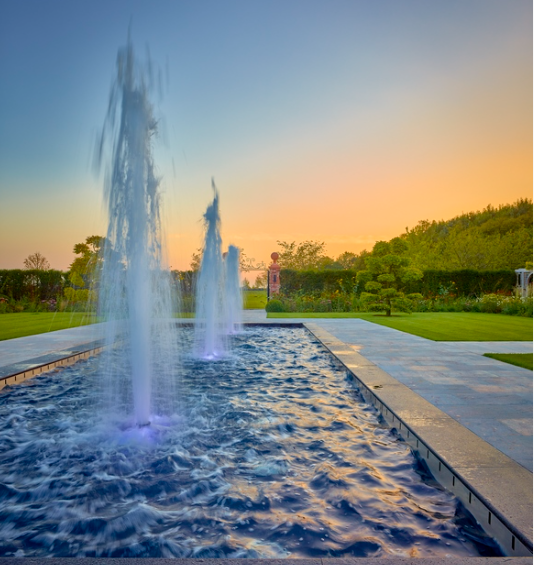
2023-01-16T13:23:51
One thing that unifies these mid-level to low-level fountain systems with the mega-projects is that they exist for essentially the same reasons. Water is an eternal spectacle and magnetic force. It's amazing how many retail properties, condo and apartment complexes, and entertainment venues include fountains these days. Fountains remain popular in commercial settings because they afford advantages to owners: attracting customers, driving foot traffic, holding visitors' interest and keeping them on site for longer than they would if there was no water feature. Fact is, fountains didn't start with the kinds of historically outsized systems you find at high-profile historic sites, like the two mentioned above. Those places were far head of their times in terms of complexity, creativity and overall size. Instead, fountains were started primarily out of utility. They were simple spouts and basins located in town squares and plazas where common folk gathered water for drinking, bathing and cooking. It wasn't until later that fountains became purely ornamental. While it's rare these days that fountains serve as public utilities in that traditional sense, they're common presence in the public square has never gone away. The sights and sounds of moving water have remained a mainstay in the urban landscape for centuries.

Have a question? Ask here!
Required fields are marked *